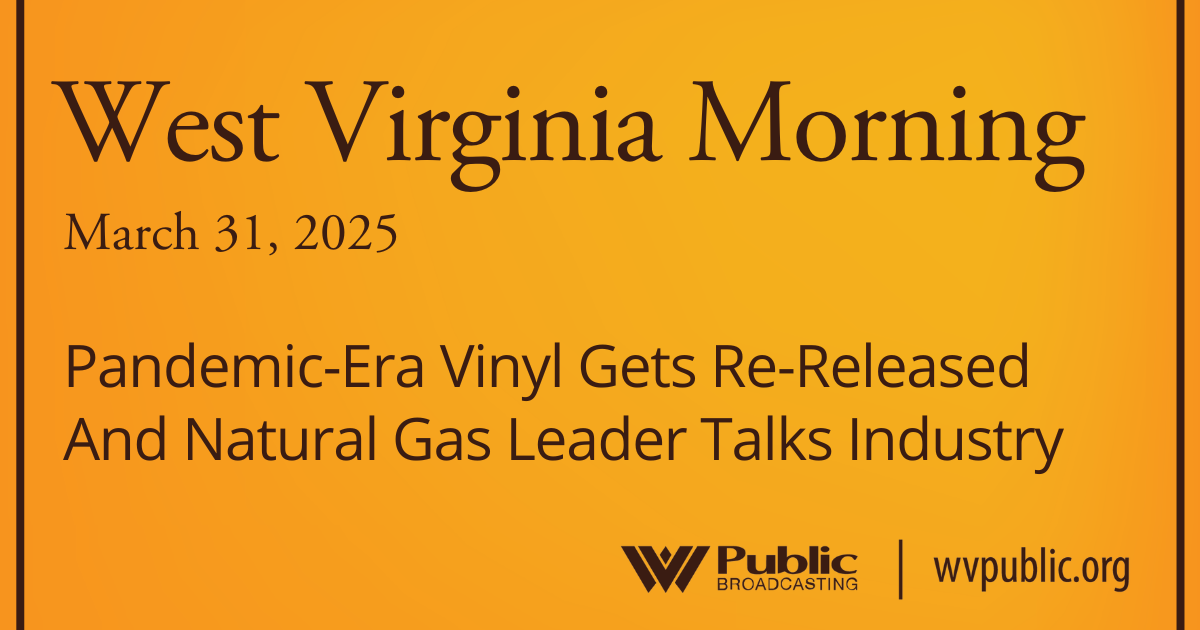On this West Virginia Morning, this month marked five years since the COVID-19 pandemic forced the closure of public spaces across the United States. The Cornelius Eady Trio, a ban organized around Tennessee poet and professor Cornelius Eady, used that time to create art.
The trio recorded “Don’t Get Dead: Pandemic Folk Songs by the Cornelius Eady Trio.” As Mason Adams reported for Inside Appalachia, the record was recently re-released on vinyl.
Plus, leaders from the natural gas industry met with Gov. Patrick Morrisey at the State Capitol last week for a roundtable discussion. Afterward, Curtis Tate spoke with Jim Crews, chairman of the Gas and Oil Association of West Virginia, about gas pipelines, data centers and the challenge of ordering gas turbines for new plants.
West Virginia Morning is a production of West Virginia Public Broadcasting, which is solely responsible for its content.
Support for our news bureaus comes from Shepherd University and Marshall University School of Journalism and Mass Communications.
Maria Young produced this episode.
Listen to West Virginia Morning weekdays at 7:43 a.m. on WVPB Radio or subscribe to the podcast and never miss an episode. #WVMorning
